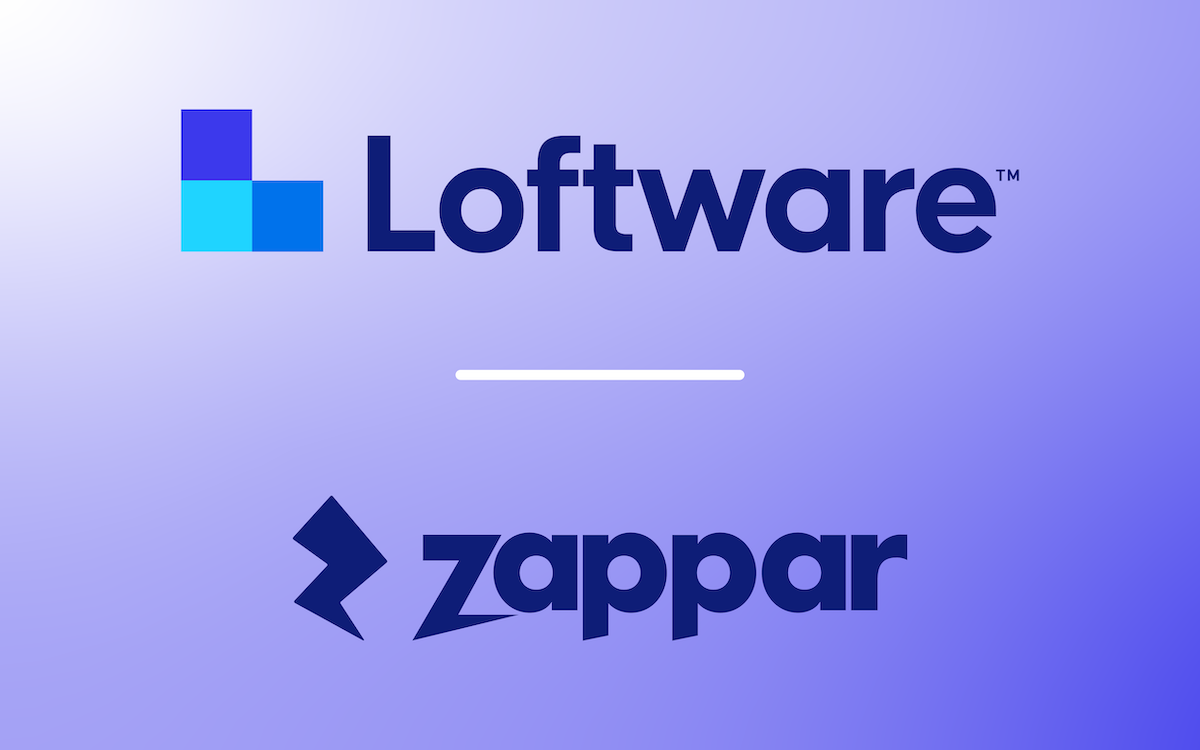July 28, 2020
Blog
“Clearing out the Print Room” - Letting a Label Management System do the Housework
Miso Duplancic
Share
Any production manager, operations supervisor or warehouse manager working in a manufacturing facility will know that most labeling printing is carried out in print rooms. There might be five or ten different label printers in place to print batches of labels, which are then taken to the production line and applied manually to the goods concerned.
Often, these rooms depend on small teams, who are required to navigate between hundreds of label templates across various hard drives. Operators will invariably have to manually key in their production data to make sure they get the layout right for each individual customer. Whenever they get a production order through, they will have to manually take information from the paper documents; input it themselves and then print it out.
The challenge does not stop there. Print room operators and supervisors will need to think about how they ensure the right labels land on the right products, and who checks that printed labels correspond to the current production order. What if not all labels are used and some are left at the station when the shift ends? That’s likely to result in more manual checks and more risk and room for error. There are a wide range of reasons this has been done within print rooms by a small set of people for so long. It requires a lot of manual knowledge and manual quality control. Very few people have that experience and expertise.
Relying on a small group of expert staff brings risk, of course – and the process itself remains complex, difficult and time-consuming. Manufacturers and the production managers and operations supervisors working for them increasingly realize that it needs to change but what steps can they take to improve the efficiency of the process?
How implementing a label management system helps
A label management system, whether on-premise or in the cloud, can really assist organizations in addressing the above challenges. It can help them renovate their print room or even move beyond it altogether, allowing them to design and manage various label templates and improve accuracy across both the production and application process.
We see two clear areas where label management systems can help significantly: first, managing label templates, using enhanced data integration and second, streamlining the operator interfaces to produce and apply accurate labels. Here we consider each area in turn.
Step one – Managing label templates
Label templates will link all necessary text, barcode and graphic elements to the organization’s production data, ensuring that they need just one template to produce labels for many different products, customers or markets. This will also allow them to greatly reduce the number of templates they have to manage, and, in turn, save time and improve the consistency of their labels.
Storing labels is another key element of the label management process. Document management systems can provide a single secure place to store and manage label templates and other files (like graphics) needed to produce labels. Ideally, these systems should include role-based access, automatic document versioning and approval workflows allowing users to implement a transparent and controlled process that ensures integrity of their production labels.
Step two – Producing and applying accurate labels
Staff working in the print room need to produce labels daily, effectively and without errors. With label management systems, they simply configure dedicated print applications for the purpose.
Print room operators just scan (or key in) a production order number. The system then consults their database to retrieve the right data and merge it with the approved label template from the document management system. Operators can verify the preview of the labels to be printed on the screen, select the right printer, print and move to the next task at hand.
The last process now required is to ensure that the right labels are applied to the right products. Again, it is easy to achieve. The print room application embedded within the label management software simply prints one additional label at the end of the label batch. It contains a barcode encoded with the production order number. The person applying the labels needs to scan this label before he or she starts the label application. Another configured application can then be used to consult the database to verify the labels in their hand correspond with the currently running production order to prevent critical errors in this final step.
Moving out of the print room
While already significant, the process improvement doesn’t need to stop here. With a controlled labeling process in place, many customers realize they can now delegate printing beyond the “print room experts”. Labeling can now take place in-line, where it is needed, to further boost productivity. Businesses using label management software might end up with more hardware but significantly less costs due to more efficient operations.
They can benefit further by moving off-premise and into the cloud. Building on quality assurance, a cloud-based label management system enables businesses to centralize the label management processes and store, change and approve all labels in a centralized location.
This has become a necessity for many businesses in the current difficult times. But at all times, it ensures that everyone is able to access the right, most up-to-date information. It moves manufacturers further away from that dedicated print room environment and helps them more quickly achieve the operational efficiencies they are looking for.
Find out more about how your business can benefit from modernizing labeling. Visit our vision page.


